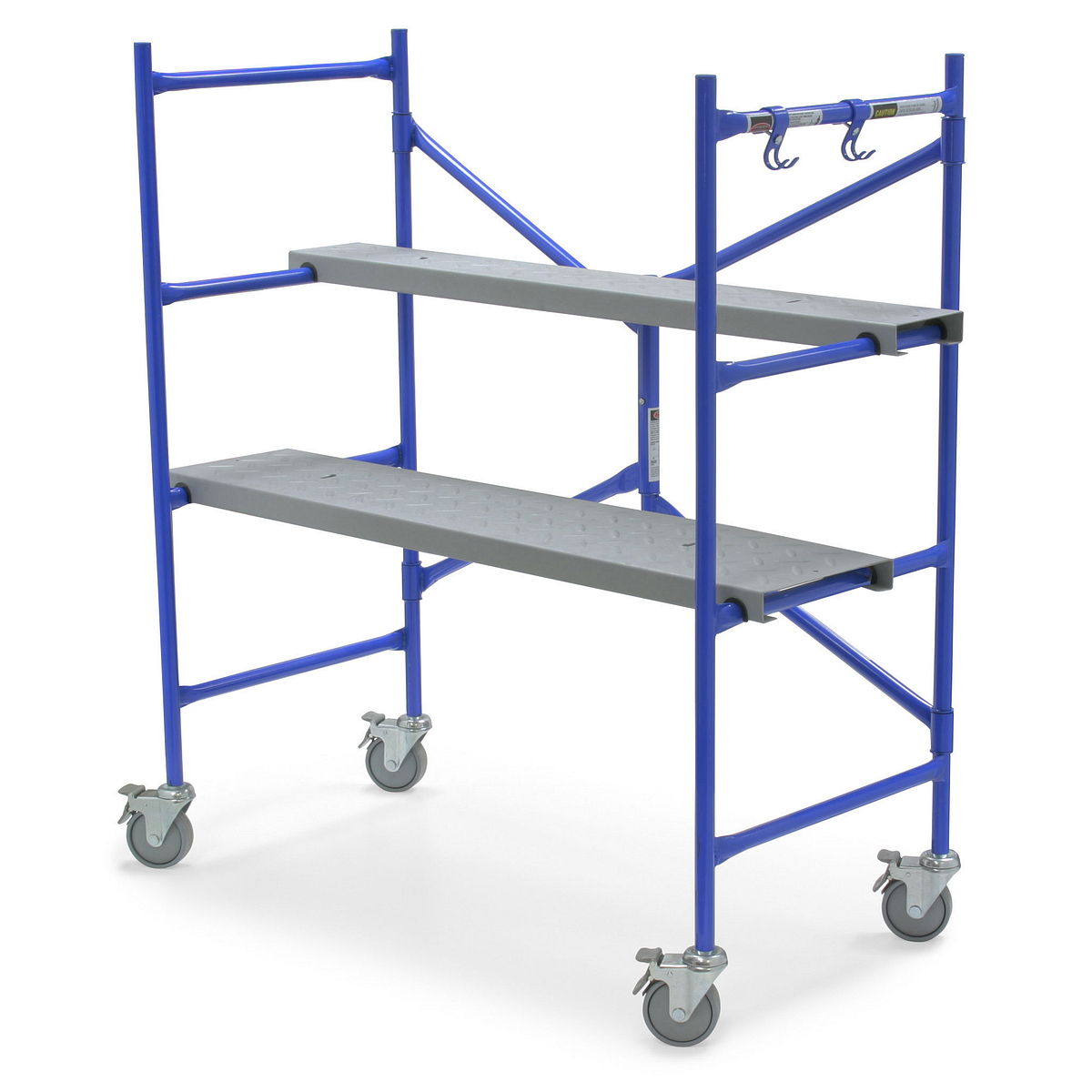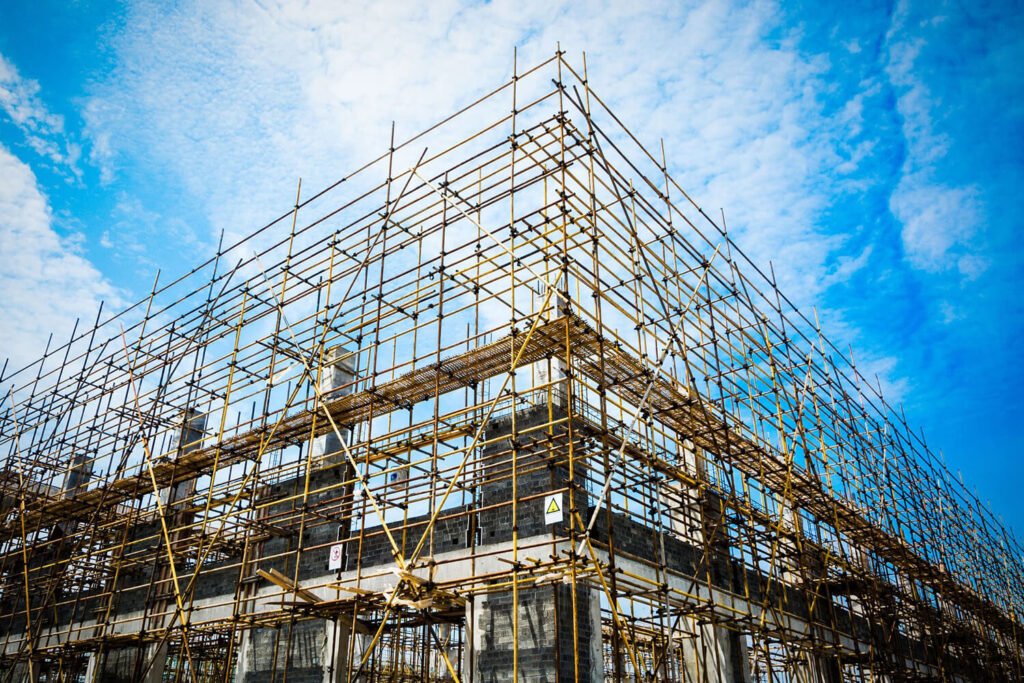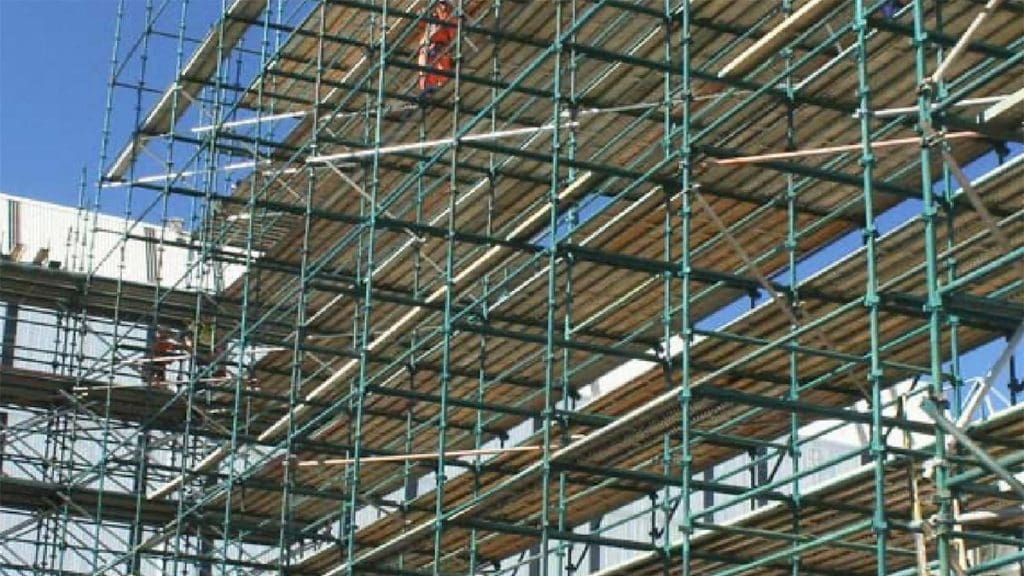Dependable Domestic Scaffolding for Homeowners in Need of Safe Renovations
Dependable Domestic Scaffolding for Homeowners in Need of Safe Renovations
Blog Article
A Comprehensive Guide to the Vital Functions of Scaffolding in Modern Building And Construction
The landscape of modern construction significantly counts on efficient scaffolding systems that focus on efficiency, security, and advancement. As jobs grow in intricacy, recognizing the essential features of scaffolding becomes crucial for making sure employee safety and security and optimizing project timelines. This guide checks out different sorts of scaffolding, highlights key safety functions, and takes a look at product improvements that add to efficiency and sustainability. The effects of these aspects prolong far past plain building and construction methods, triggering a better look at how they affect general job success and worker health.
Sorts Of Scaffolding
Although scaffolding systems can vary extensively in layout and application, they normally drop into numerous distinct classifications that satisfy different building and construction needs - Scaffolding. One of the most common types consist of sustained scaffolding, suspended scaffolding, and rolling scaffolding
Supported scaffolding includes platforms supported by a structure of posts, which provide a elevated and stable functioning surface area. This type is normally made use of for tasks that need substantial elevation, such as bricklaying or exterior paint.
Put on hold scaffolding, alternatively, is made use of for tasks requiring access to high altitudes, such as cleansing or fixing structure facades. This system hangs from another framework or a rooftop, allowing employees to reduced or elevate the system as required.
Moving scaffolding functions wheels that enable simple wheelchair across a job site. It is particularly useful for jobs that call for constant relocation, such as interior operate in huge rooms.
Each sort of scaffolding is developed with particular applications in mind, guaranteeing that construction projects can be performed effectively and successfully. Comprehending these categories is essential for selecting the ideal scaffolding system to satisfy both job requirements and website conditions.
Key Safety And Security Functions
Security is paramount in scaffolding systems, as the possible dangers associated with operating at heights can bring about severe crashes if not correctly managed. Trick security attributes are important to guarantee the health of workers and the integrity of the building site.
Firstly, guardrails are essential. These obstacles offer a physical safeguard against drops, substantially decreasing the threat of serious injuries. Furthermore, toe boards are commonly used to stop tools and products from diminishing the scaffold, protecting employees listed below.
One more essential component is the usage of non-slip surface areas on platforms. This function boosts grip, particularly in damaging weather conditions, therefore minimizing the probability of slides and drops. Moreover, accessibility ladders should be safely placed to facilitate safe entrance and departure from the scaffold.
Normal inspections and maintenance of scaffolding systems are also important. These examinations ensure that all components are in good condition and functioning correctly, attending to any type of wear or damages immediately.
Last but not least, correct training for all employees entailed in scaffolding procedures is vital to make certain that they recognize safety and security methods and can recognize possible threats. Scaffolding. Jointly, these attributes develop a much safer working atmosphere and substantially reduce dangers connected with scaffolding
Material Innovations
Innovations in material scientific research have significantly affected the scaffolding industry, improving both safety and performance in modern building and construction. The introduction of high-strength steel and light weight aluminum alloys has you can try these out changed conventional scaffolding systems.
In addition, ingenious composite materials, such as fiberglass-reinforced plastics, have arised as practical choices. These materials are immune to corrosion and environmental degradation, therefore expanding the life expectancy of scaffolding systems, specifically in harsh climate condition. Using such products adds to reduce upkeep prices and guarantees constant efficiency over time.


Style Considerations
Thinking about the complexities of contemporary building and construction tasks, effective scaffolding style is extremely important to guaranteeing both performance and security. Design considerations must encompass numerous factors, including load capability, elevation, and the certain needs of the building website. Each job provides unique obstacles, requiring a flexible technique to scaffolding systems that can adjust to varying problems.
Structural stability is important; consequently, engineers need to determine the lots that the scaffolding will sustain, consisting of workers, products, and devices. The selection of materials plays an important role in ensuring the scaffolding can withstand these tons while continuing to be lightweight and long lasting. In addition, the style must permit easy gain access to and egress, assisting in the smooth movement of materials and workers.
Safety functions, such as guardrails and non-slip surfaces, need to be included to decrease threats of crashes. Furthermore, the format should consider the surrounding atmosphere, consisting of prospective risks and adjacent frameworks. By attending read this post here to these design factors to consider, building and construction companies can improve the effectiveness of scaffolding systems and advertise a much safer working atmosphere, inevitably adding to the total success of the task.
Maintenance and Evaluations
The effectiveness of scaffolding systems expands past first design and implementation; continuous maintenance and normal assessments are essential to ensuring their continued performance and safety throughout the period of a job. Routine examinations must be performed by qualified personnel to determine any signs of wear, damage, or instability that can compromise the integrity of the scaffolding.
Upkeep methods need to include routine checks of architectural components, such as frames, planks, and installations, guaranteeing that all elements continue to be complimentary and secure from deterioration or various other degeneration. Furthermore, the performance of safety and security features, such as guardrails and toe boards, should be examined to make certain compliance with security guidelines.
Documents of all inspections and upkeep tasks is important for accountability and regulatory compliance. An organized strategy to record-keeping not just aids in tracking the problem of the scaffolding but also offers needed proof in the occasion of an occurrence.
Inevitably, establishing a thorough maintenance and assessment timetable will substantially lower the threat of crashes and enhance the general safety and security of the building site. By prioritizing these methods, building and construction supervisors can protect workers and support the task's integrity.

Verdict
Finally, the vital functions of scaffolding in contemporary building and construction incorporate a series of important aspects, consisting of diverse types, crucial security devices, material advancements, and thoughtful design factors to consider. Highlighting safety and security with guardrails and non-slip surfaces, along with developments in products like high-strength steel, improves both performance and sustainability. In addition, normal upkeep and evaluations are vital for making certain architectural integrity and safety and find security on building and construction websites, inevitably helping with efficient job implementation and advertising the wellness of workers.
The landscape of contemporary construction significantly counts on effective scaffolding systems that focus on effectiveness, safety, and advancement.Improvements in material scientific research have significantly affected the scaffolding market, boosting both safety and efficiency in modern building. In general, these product advancements not just improve the efficiency and safety of scaffolding systems but likewise straighten with the industry's push towards sustainability, as lots of contemporary products are developed to be extra environmentally pleasant.
Considering the complexities of contemporary building and construction projects, efficient scaffolding style is paramount to making certain both performance and safety.In verdict, the necessary attributes of scaffolding in contemporary construction include a variety of essential elements, including varied types, crucial safety and security systems, material technologies, and thoughtful design considerations.
Report this page